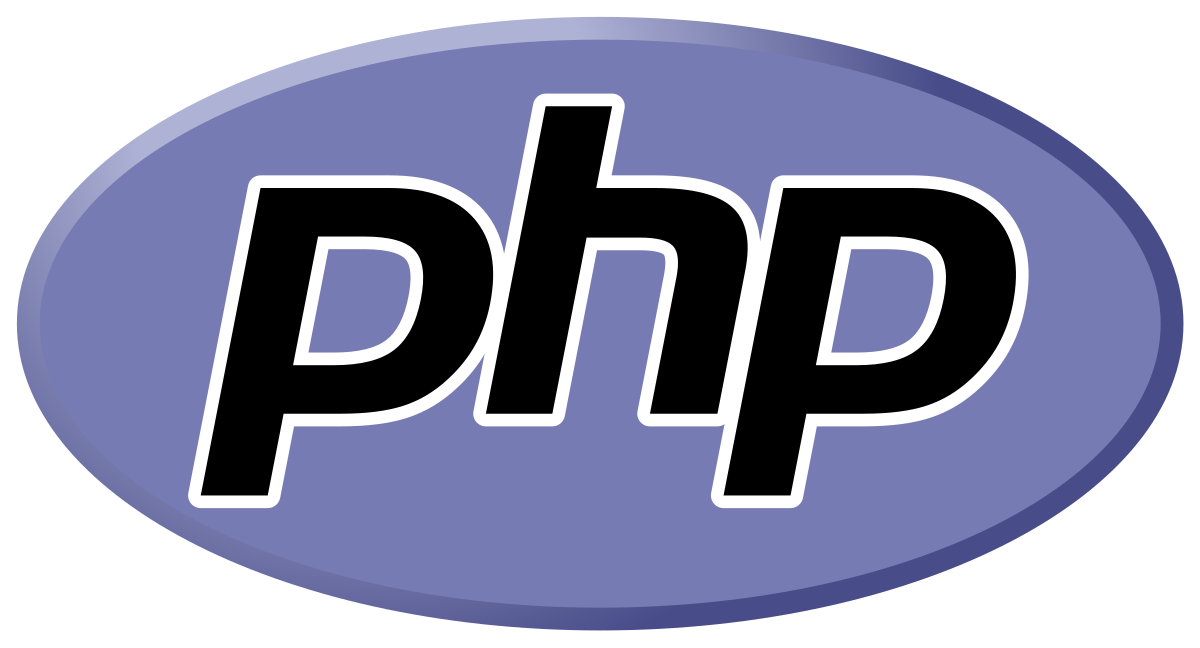What is PHP?

Hire Arrive
Technology
about 1 year ago
 PHP, originally an acronym for "Personal Home Page," is a widely-used, server-side scripting language designed for web development. While the official name no longer stands for anything specific, its legacy continues to influence its prominence in the online world. PHP is embedded within HTML, making it a powerful tool for creating dynamic and interactive websites.
PHP, originally an acronym for "Personal Home Page," is a widely-used, server-side scripting language designed for web development. While the official name no longer stands for anything specific, its legacy continues to influence its prominence in the online world. PHP is embedded within HTML, making it a powerful tool for creating dynamic and interactive websites.
Instead of being executed directly by a web browser like JavaScript (which runs client-side), PHP code is processed on a web server. The server then sends the resulting HTML output to the user's browser, making the user experience seamless. This server-side processing is crucial for tasks like:
* Database interaction: PHP seamlessly connects to databases like MySQL, PostgreSQL, and others to retrieve and manipulate data. This is fundamental for websites with user accounts, product catalogs, or any dynamic content. * File handling: PHP allows for the creation, reading, writing, and deletion of files on the server. This enables features like file uploads, user profile pictures, and dynamic content generation. * Session management: PHP maintains user sessions, allowing websites to track user activity across multiple pages. This is crucial for features like shopping carts, login systems, and personalized content. * Security: While no language is inherently secure, PHP offers various tools and techniques for securing web applications, protecting against common vulnerabilities like SQL injection and cross-site scripting (XSS). * Scalability: PHP, particularly when used with frameworks like Laravel or Symfony, is capable of handling significant traffic loads, making it suitable for both small and large-scale web applications.
How PHP Works:
1. Request: A user makes a request to a web server, for example, by typing a URL into their browser. 2. Server receives request: The web server receives this request and checks for a PHP file associated with the requested URL. 3. PHP Interpreter: If a PHP file is found, the server's PHP interpreter executes the code within that file. 4. Processing: The PHP code interacts with databases, files, and other resources as needed. 5. HTML Output: The PHP script generates HTML, CSS, and JavaScript code. 6. Response: The server sends the generated HTML to the user's browser, displaying the dynamic webpage.
Advantages of Using PHP:
* Large Community and Support: A vast and active community provides ample resources, tutorials, and support for PHP developers. * Easy to Learn: Compared to some other server-side languages, PHP is relatively easy to learn, making it accessible to beginners. * Open-source and Free: PHP is open-source, meaning it's free to use and distribute. * Cross-platform Compatibility: PHP can run on various operating systems, including Windows, Linux, and macOS. * Extensive Frameworks: Frameworks like Laravel and Symfony provide structure and tools for building robust and scalable applications.
Disadvantages of Using PHP:
* Security Concerns: While PHP offers security features, poorly written code can be vulnerable to various attacks. Proper security practices are crucial. * Error Handling: PHP's error handling can sometimes be inconsistent, requiring careful attention to detail. * Performance Limitations: In some demanding scenarios, PHP might exhibit performance limitations compared to other languages optimized for specific tasks.
In Conclusion:
PHP remains a powerful and versatile language for web development, especially for creating dynamic and database-driven websites. While it has its limitations, its ease of use, large community, and extensive framework support continue to make it a popular choice for developers worldwide. Choosing the right language depends on the specific project requirements and developer expertise, but PHP certainly deserves consideration for a wide range of web applications.